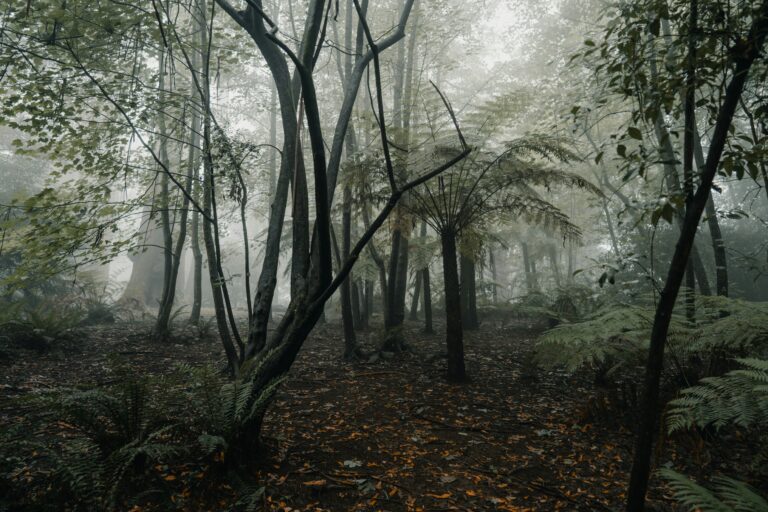Thanissara and Kittisaro have lovingly offered these materials to help you understand and prepare for Sunday’s Great Compassion ceremony.
Overview
This is a ceremonial practice done in a meditative context of the Kuan Yin Dharmas, invoking the transformative power, energy, and frequency of Kuan Yin Bodhisattva, the Buddhas, Bodhisattvas, Saints and Sages, and all supportive ancestral, elemental, and angelic forces needed in this time of profound planetary transformation. Here’s how to prepare for this powerful practice:
- Learn about this Ceremony: Principles lineage, history, and transmission
- Preview the Content of the Ceremony
- Create a space
- Identify your aspirations
- Join with us!
Thank you for your participation,
All blessings.
Kittisaro & Thanissara
May this ceremony support the cultivation of wholesome karma of body, speech, and mind. May we honor our sacred refuge and the limitless web of noble and wise beings we emulate. Reflecting on the many ways we have personally and collectively harmed ourselves and each other, cultivating skillful remorse, and sincerely aspiring to make amends, we ceremonially call on the boundless power of the Great Bodhisattva of Compassion to help us overcome obstacles for the welfare of all beings.
Learn about this Ceremony
This ceremony is adapted for lay practice by Kittisaro & Thanissara from The Great Compassion Repentance Ceremony from the City of 10,000 Buddhas. Acknowledgment, Respect, and Gratitude to Master Hua and his monastic and lay sangha, Rev Heng Sure for guidance, and Mel Zeki for musical arrangement.
This is a ceremonial practice done in a meditative context of the Kuan Yin Dharmas, invoking the transformative power, energy, and frequency of Kuan Yin Bodhisattva, the Buddhas, Bodhisattvas, Saints and Sages, and all supportive ancestral, elemental, and angelic forces needed in this time of profound planetary transformation.
Principles of the Ceremony
The ceremony begins invoking the power of the awakened ones, the awakening dimensions of our being, and the power generated from alignment with the enlightened energy stream while intending to transform the forces of greed, hatred, and delusion.
The ceremony moves into undertaking bodhisattva vows and the recitation of Kuan Yin’s vows cited in the Dharani Sutra. The heart of the ceremony is the recitation (3 times) of the Great Compassion Mantra, which is an energetic sounding of Kuan Yin’s response bodies.
Traditionally, this ceremony is called a “repentance” ceremony. The meaning is to reflect on harm done, personally and collectively, to self and others, to all beings, Mother Nature and Grandmother Earth, through the forces of greed, hatred, and delusion, and through all forms of oppression.
The power of the ceremony is its ability to help dissolve karmic obstruction through connecting with the enlightened energy stream of Kuan Yin, Buddhas, and Bodhisattvas and through the Great Compassion Mantra, vow power, and through the transformative power of Dharma practice.
This is transformative process is based on the principle of the Lonaphala Sutta (A.3.99), The Salt Crystal. The premise being is it is possible to lessen and dissolve bitter karmic results in the stream of cultivated wholesome energy. If there is no cultivation of wholesome mental, heart faculties, then resultant karma — kamma-vipaka — is like “a lump of salt in a glass.” It is bitter to drink. If dissolved in the larger stream of blessing and samadhi energy, unwholesome kamma-vipaka is like “a lump of salt in the Ganges,” and therefore easier to dissolve.
In this ceremony we align with the enlightened energy stream, then take unwholesome karma-vipaka into that stream. We do it on behalf of all at this time.
When we make an offering toward the end of the ceremony – besides making an offering for your own personal focus, we offer on behalf of the freeing of human consciousness from fear, oppression, and violence.
At the end of the ceremony, the blessings are dedicated to all beings everywhere.
Personal History of this Transmission
We first began contact with the Kuan Yin Dharmas of Master Hsuan Hua within the transmission of his teaching lineage about 1982 when we were practicing monastics in the Forest School of Ajahn Chah. At that time, a friendship and sharing of practices developed between Forest monastics in the UK and monastics at the City of 10,000 Buddha’s in the U.S.
We began learning the Great Compassion Mantra – the Da Bei Jou/ Zhou with our fellow nun, Sister Abhassara, who is now Mel Zeki. The lifestyle at that time was rigorous. Up at 4 am a long day schedule. Within that frame, we were very dedicated to this Dharma and spent extra time on it. Around that same time, we had access to many of the Chinese Suttas and Master Hua’s commentaries from the City of 10,000 Buddhas.
In 1990 Kittisaro undertook a year-long silent retreat where he did this ceremony every day and then went on to develop the esoteric practices of the Kuan Yin transmission, which were authorized for him to undertake by Master Hua.
As lay teachers, during our 25 years of founding Dharmagiri in South Africa, where we also taught an annual month retreat, we began to synthesize the Kuan Yin practices with Theravada. We also started to bring the Kuan Yin Dharmas into the more secular dharma field of the West. We first led this ceremony for a group of 70 at Gaia House UK in 2007.
Since 2010, we started to bring Kuan Yin practices into U.S. Insight retreats. About 16 months ago, we launched the Dharmapala Training in the U.S. after founding Sacred Mountain Sangha Non-Profit in California — leading on from our work on Mvuleni-Bamboo-Dharmagiri holy mountain in Southern Africa. This training explicitly syntheses aspects of Mahayana & Theravada where the Kuan Yin Dharmas play a central role.
Adapting the Ceremony
Over the years, we adapted a few aspects of the ceremony from the original Chinese form, including slowing it down to a more meditative pace and shifting some English translations that used Christian language. We also shortened it slightly to enable accessibility for lay practice.
There have been other adjustments along the way, all done within the context of practicing the ceremony to see how it lands. During this process, we checked in with Rev. Heng Sure of Berkeley Buddhist Monastery, who we knew from the 1980s. He has been supportive, collaborative, and glad to hear that this practice is getting out more into the wider community.
Last year Mel, who lives in the UK, and who is an accomplished musician, rendered some of the ceremony into sacred musical form informed by both the original Chinese notation, with a soft Celtic influence. You’ll hear the recording of the current iteration of the ceremony which was recorded in the UK over the last year or so. May it serve to dissolve all unwholesome karmic obstruction.
Ceremony Text
Be sure your print (or otherwise have on hand) the ceremony text – (don’t skip this!) Kuan Yin Compassion Ceremony
You will be following this text as a guide while hearing the audio track which will also guide you through the ceremony. Visually, you will be entering into the Sacred Sangha shrine space, hosted by Thanissara, who will meet you there to welcome you.
During the ceremony, you will also come into contact with the Great Compassion Mantra. You may be already familiar with this ancient transmission in mantric form. It is the long mantra that is chanted three times.
Great Compassion Mantra Meaning PDF
Prepare Your Practice Space
Consider creating a space that is quiet and protected for the ceremony. If you don’t have one already, consider creating a shrine/altar space with images and objects that represent embodied compassion. These might be literal representations of Kuan Yin Bodhisattva or some other manifestation of sacred, compassionate, merciful resonance with Kuan Yin. You might have a candle, votive lamp, and if it’s supportive, you can do one, some, or all of the following; burn some herbs, perhaps sage, spray a light, diluted essential oil, gently wave a branch with leaves, or feathers, sprinkle water in the room. This will help vibrationally clear the space before beginning the ceremony.
Prepare Your Aspirations
Take some time to identify two principle aspirations:
- An obstruction you wish to dissolve.
This can be anything that you feel is impeding goodness and wholesome unfolding. It may be of a very personal nature, global, or anything in-between. - A dedication you wish to offer.
This might be a grand or very particular wish for the expression of goodness and wholesome unfolding. Again, it may be personal, global, or anything in between.
Additional Resources
Recording of the Complete Mantra by Kittisaro & Thanissara







